It’s naïve to think the riots had anything to do with Javier Ordóñez’s killing, or police brutality in general
The disturbing images of Bogota police pinning a man to the ground and repeatedly zapping him with a taser gun, for the minor offense of drinking in the street during quarantine, rightly provoked a howl of rage and indignation – not only in the capital, but across Colombia.
It highlighted the all-too-common phenomenon of police brutality, with violent acts – including murder – perpetrated by police that regularly go unpunished or are covered up entirely.
This time around, the episode was filmed by a bystander. The footage of the beating that led to the death of 45-year-old Javier Ordóñez served to cut through the usual Colombian indifference to these kinds of crimes.
But the initial street protests that ensued quickly descended into riots, with equally violent criminal elements that took to throwing rocks at the cops, burning down and vandalizing dozens of police outposts known as CAIs, and forcing people off of buses before incinerating them. Some so-called “protesters,” who by all accounts where armed, even hijacked a blue SITP bus and took it on a joyride, and ended up running over and killing a 40-year-old woman.
Police in Bogota and elsewhere responded to the rioters with characteristic violence and lethal force of their own – indiscriminately firing their pistols at groups of rock-throwing youths in the working class neighborhoods of Fontibon and Suba.
What the police have done is a horrific crime, and those involved in the killing of 13 young people should be prosecuted and treated like the criminals that they are. The two police captured in the video tasering and beating the now deceased have been suspended, along with five others, and face a number of charges, including murder.
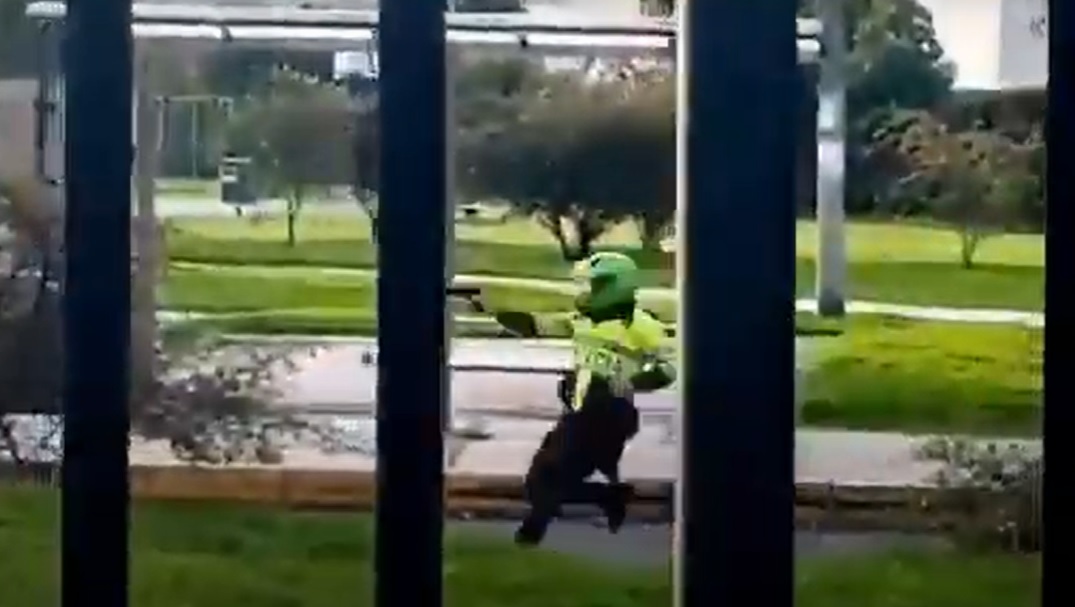
Screengrab of a police officer seen firing his gun at protesters in the Fontibon neighborhood of Bogota on Sept. 10. He and other police fired at least 17 shots. See full video here.
For a country with a fictitious justice system, this comes with no small measure of surprise. The announcement of charges conspicuously did not come from the Colombian head of state, however. In fact, President Ivan Duque waited almost a whole week to even make mention of the killing of a civilian by police and the angry riots that ensued. He generally seems unwilling or unable to do or say anything that isn’t related to Covid-19 rates or the reopening of Colombia’s economy in spite of those rates.
Duque left it to his defense minister, Carlos Holmes Trujillo, to outline his administration’s response, including the government’s apology to Ordóñez’s family for his murder, and to admit publicly that the police were indeed responsible for killing him.
In the wake of the deadly rioting and police shootings, there was talk of reforming Colombia’s police force, and Bogota Mayor Claudia Lopez put forth a proposal that included demilitarizing the police, but Duque flatly rejected it.
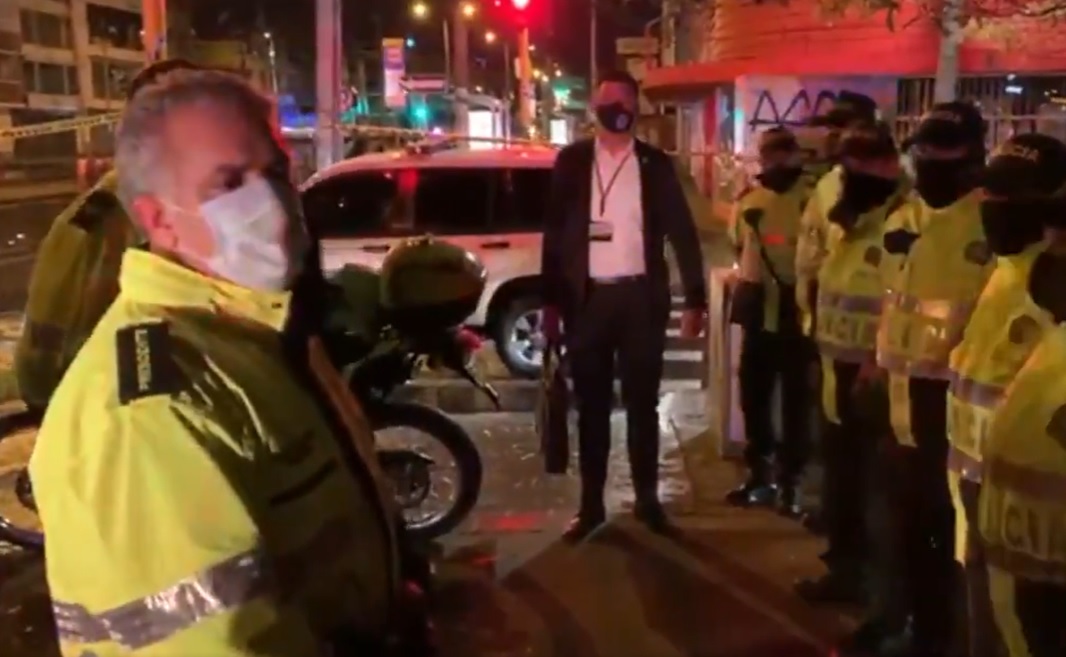
Colombian President Ivan Duque thanks police officers for their hard work during a press event on the evening of Sept. 15, just one week after two police officers beat and electrocuted 45-year-old Javier Ordóñez to death.
If Colombia were a civilized country, the police force would be moved from the Ministry of Defense to the Ministry of the Interior, they would be given better training, face immediate disciplinary action for human rights abuses, and be subject to a civilian oversight body.
Criminals Don’t Protest, They Riot
With all that said, many observers and journalists have sought to romanticize the so-called “night of rage” against the police and stretch it far beyond what it actually was – particularly in the English-language press. In their vaguely left, power-to-the-people approach to journalism, they can’t see the vast majority of these “protesters” for what they really are: bands of street thugs and petty criminals who took advantage of the protests so they could run amok, burn and destroy things, and go on their own violent rampage.
These encapuchados don’t give a damn about the death of Ordóñez or the suffering of his family.
Those who look at the wanton destruction and criminality of these “anti-police protesters” and characterize their actions as some kind of revolutionary rage have lost the plot. What we saw in Bogota and elsewhere from Wednesday to Saturday night last week has gone past the injustice suffered by Mr. Ordóñez and others, and has morphed into something much darker. Something seldom mentioned but is plain to see: those predominantly young men and teenagers who burned down buses and police stations, threw rocks at the cops and caused general chaos across the city, are the very criminals who rob and mug people in the street, sell and use drugs, and engage in petty and violent crime just as naturally as they breathe.
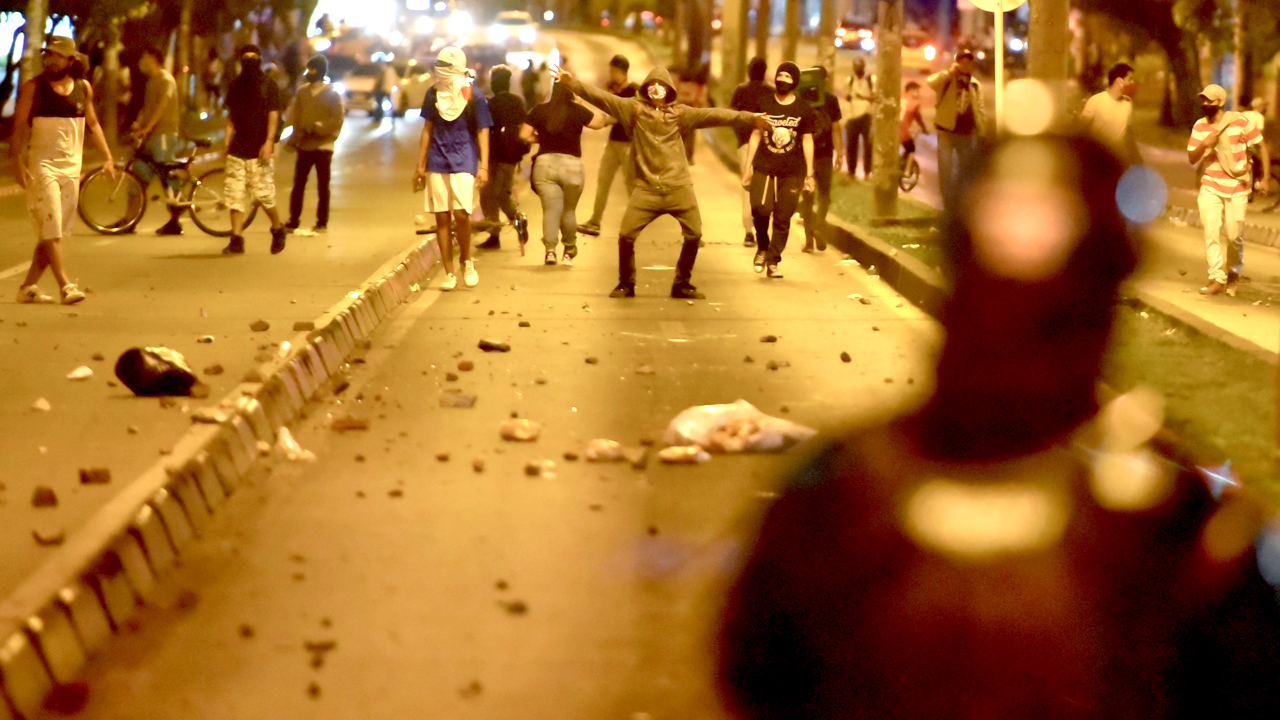
A rioter taunts a line of police during a night of violence, that began as a protest against police brutality in Bogota, on Sept. 10.
It’s curious that for all the complaining about the rising insecurity in the city, all the ratas down every alley and around every corner, the very people who are responsible for turning Bogota into a crime-ridden shithole are propped up by many in the press as social justice warriors. Forget about how many people you robbed at knife-point last week, or how many cellphones you snatched in order to feed your bazuco habit. Throwing chunks of concrete at police and incinerating cars and public property makes you a revolutionary.
As the chaos began to subside, out of the woodwork came those who sought to exploit the violence for their own ends (enter Gustavo Petro) and assign blame. It’s all finger-pointing and cherry-picking of facts at this point. The episode was part of a “state terror campaign” as Colombia Reports would have you believe. Or it was an “insurrection” – the protests were infiltrated or even organized by the ELN guerrillas and other left-wing groups – that usually baseless, old-hat concept spread by the government and widely reported in the Colombian press in times of sustained protests or riots.
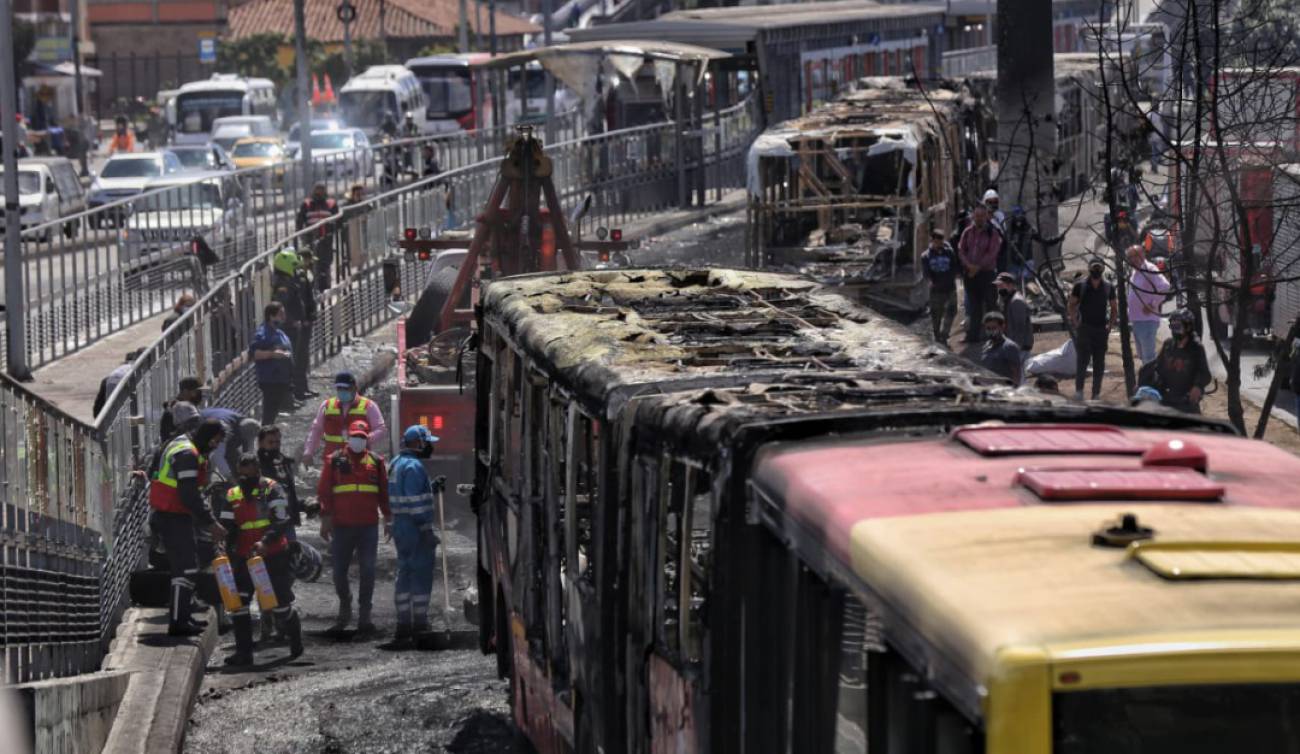
The charred remains of Transmilenio buses after a night of violent riots on Sept. 9, in Bogota.
Both of these theories are equally ridiculous, but that hardly matters now. This tragedy will begin to slip from our collective memory, and be piled onto the compost heap of all the other forgotten yet never-ending tragedies here: all the random massacres of late, the near daily killings of community activists and social leaders, the Ñeñepolítica scandal, the Colombian army’s penchant for gang-raping little girls, the overturned fuel tanker that exploded and killed 50 poor and desperate people.
Modern Colombia could rightly be characterized as a continuous parade of death without end.
The disasters become too much to bear, we all tire of it and then tune out, change the channel, reach for the nearest diversion, or self-medicate. Apathy is the natural side effect of tragedy fatigue, and over time we find it hard to care about anything that doesn’t directly affect us. We lose the ability to empathize. Outside of our friends and families, the value of human life becomes very cheap.
And sadly, so long as this condition endures, the torrent of catastrophe will go on unabated. For a few fleeting years, it seemed that a better day for Colombia was on the horizon. Not anymore. For the first time in a decade, it is entirely reasonable to feel utterly hopeless about this country.

Journalist. Misfit. Malcontent. Provocateur. Is a better Colombia is possible? We’re starting to have doubts.

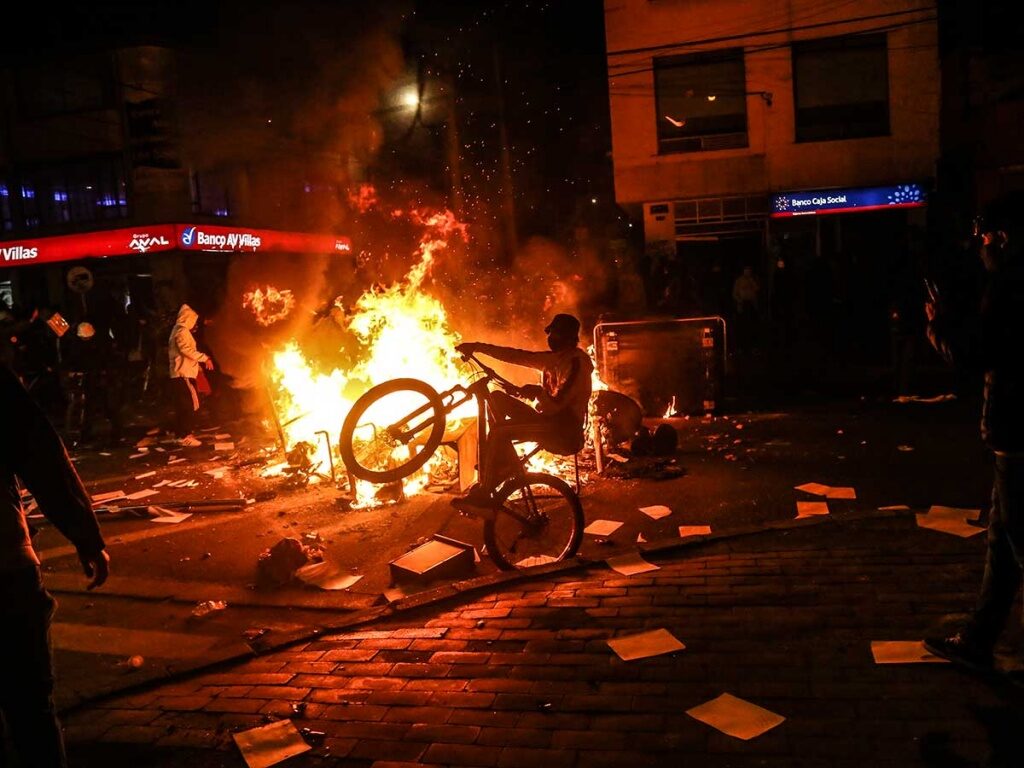
I’m still going to retire in Past0. Probably get there in March.
It’s a beautiful region, but be careful. It’s in Nariño dept., which has been a hotspot of dissident FARC guerrilla activity, fighting between drug trafficking groups, and more than a few civilian massacres.